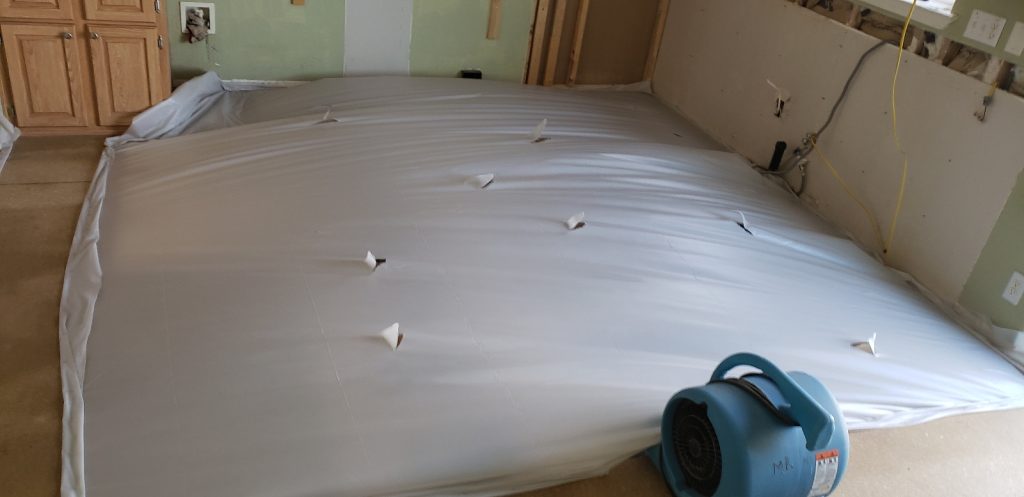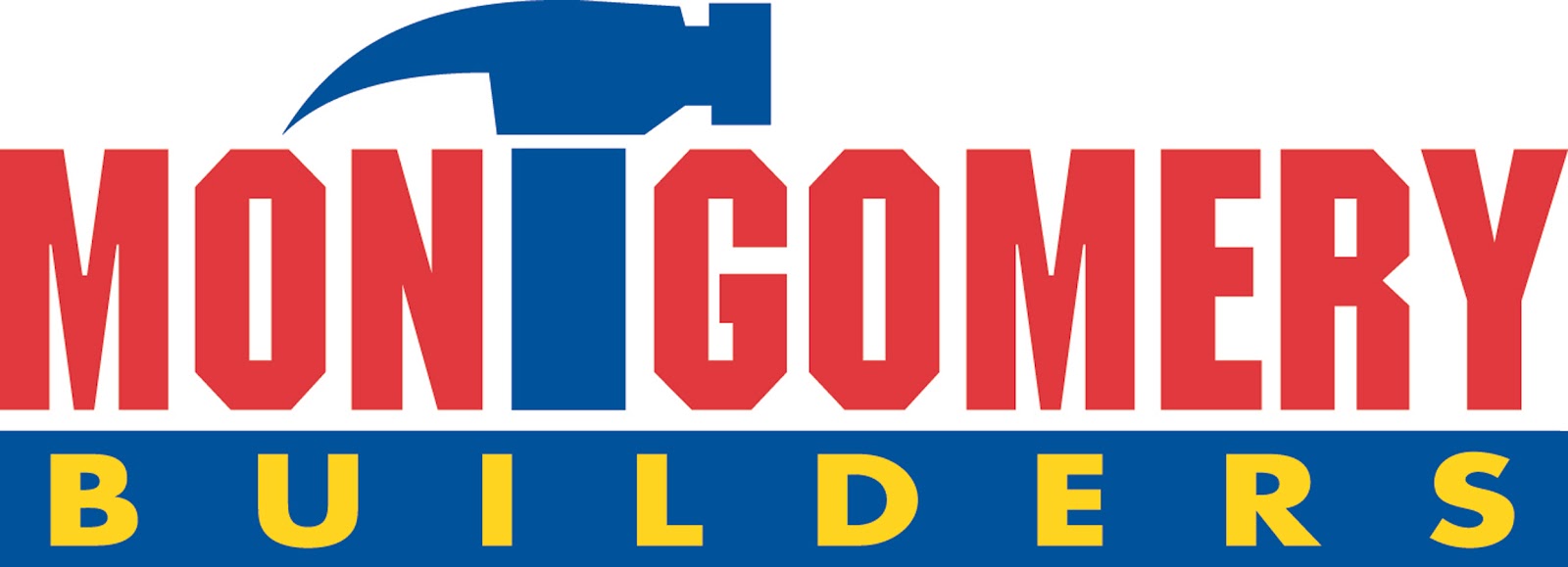Preventing Mold Growth After Water Damage
Water damage from a leaking appliance, flooding, or a burst pipe is a disaster requiring immediate remediation, and can lead to long-term problems in the affected areas of the structure. When flooding occurs in any part of your home or building, the immediate concern is the removal of the water, but there are other concerns once the water is removed. Mold growth and bacteria growth from the flooding could be a long-term hidden problem that may go undetected if the initial water removal is not done properly.
After a flooding event, mold will begin to grow almost immediately. The mediums of insulation and drywall are fantastic food sources for mold. Although “mold resistant” insulation and drywall is available, your structure may not have those materials, so calling in an expert after a flooding event is crucial.
After water damage occurs, mold begins to grow because mold spores can land on the damp surfaces and begin to germinate within 24 to 48 hours. While mold spores are floating through the air, they are dormant until they land on a wet surface. That surface, if it can provide both moisture and food, then becomes a breeding ground for mold. Mold needs a porous surface on which to attach and begin growing, and thrives best in shade and darkness. That is why drywall and insulation, once wet, provide a perfect breeding ground for mold.

Once mold has begun to grow in a “colony,” spores will be released into the air, and if they land on another damp, porous surface in your home or building, they will begin a new colony in another area. This can very quickly become a disaster and a very expensive repair.
If you experience a flooding event in your home, there are steps you must take to minimize the damage and prevent the long-term disaster of mold growth.
- Contact a professional immediately for water extraction and dry-out. Experts in water damage remediation have the water extraction equipment, air-movers, and de-humidifiers that are required to completely dry an area and prevent mold growth and further damage.
- Understand the true source of the water damage. Water from a burst pipe under the sink is completely different than water from a sewage back-up or water from external flooding. These water sources can bring in different types of contamination and bacteria, and must be mitigated differently.
- Expect “check-ups” with regard to moisture. A professional water damage expert who understands mold mitigation will inspect areas of drywall for additional moisture and lower temperatures. These are the areas where potentially new mold growth can form.
While water damage can be overwhelming and a seemingly disastrous event, a professional will help you through the process of cleaning up initial damage, preventing further long-term problems with mold and moisture, and restoring your dwelling to pre-flood conditions.



Sorry, the comment form is closed at this time.